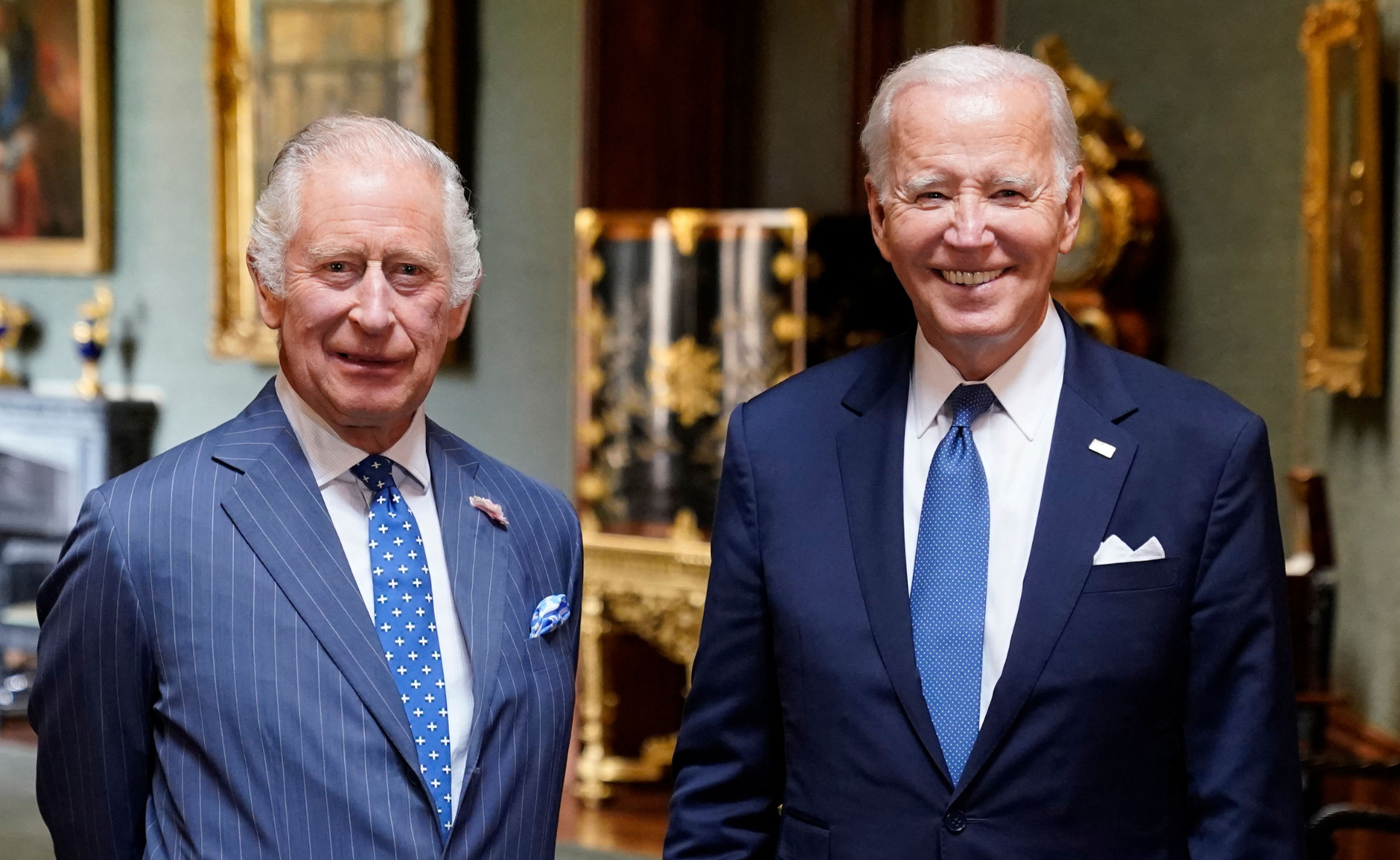If we asked you who holds the highest nobility ranking, whose name or title would you say?
You hear people address Dukes/Duchesses and Viscounts/Viscountesses as royalty, but did you know they technically count as nobility?
Luckily you have this list of nobility rankings to refer to! Scroll through to find out the top nobility titles and what they mean…

The late Her Majesty Queen Elizabeth II and the current His Majesty King Charles III.
(Image: Getty)1. Duke or Duchess Titles
There are two types of Dukes/ Duchesses who hold the highest rank: royal Dukes/Duchesses and Dukes/Duchesses who were not born directly into the royal bloodline.
The difference is that you would still refer to Prince Edward (the most recent royal to be given a Dukedom: Duke of Edinburgh) and the five other royal Dukes as ‘Your Royal Highness.’
Whereas you would refer to the twenty-four current non-royal Dukes/ Duchesses as ‘His/ Her Grace.’

Her Grace Sophie Duchess of Edinburgh and his Royal Highness Prince Edward, the Duke of Edinburgh.
(Image: Getty)2. Marquess or Marchioness Titles
If you haven’t heard of a Marquess/ Marchioness before don’t fret, they are a rare one. Marquess comes from the French word ‘marqis’ which means the ruler of a borderland.
The oldest current Marquess/ Marchioness is Christopher Paulet, Marquess of Winchester.
You would refer to Christopher as your ‘Lordship’ or ‘My Lord’ and his Marchioness as ‘Your Ladyship’ or ‘My Lady’ due to being the second highest nobility title.

His Lordship William Paulet, the first Marquess of Winchester.
(Image: Public Domain)3. Earl or Countess Titles
If you’re looking to become an Earl or Countess, marry a noble (or be born into it, but it might be a little late for that.) For example, you could have married Charles Chetwynd-Talbot the 22nd Earl of Shrewsbury, and become a Countess.
You would theoretically be referred to as ‘Her Right Honourable’ and he is referred to as ‘His Right Honourable’ due to being third in the nobility line.

His Right Honourable Charles Chetwynd-Talbot, the 22nd Earl of Shrewsbury.
(Image: Creative Commons 3.0)4. Viscount or Viscountess Titles
Viscount/ Viscountess is usually a secondary title held by nobles of higher rank. For example Prime Minister Harold MacMillan was named both Earl of Stockton and Viscount Macmillan of Ovendon in 1984.
Whereas the most senior Viscount without a second title is Robin Devereux, who you would also refer to as ‘The Right Honourable’ which is similar to Earls/ Countesses due to being fourth in the nobility line.

The Right Honourable Viscount Macmillan with the late, Her Royal Highness Queen Elizabeth II in 1985.
(Image: UK Government)5. Baron or Baroness Titles
*The lowest ranking in the nobility line, you would refer to them as ‘Lord’ or ‘Lady.’
However, these rankings are mainly hereditary titles who get passed onto the heirs of higher-ranking noblemen/noble ladies, like Peter Maxwell the 27th, who inherited the title of Baron De Ros.

Arms of Maxwell, Barons de Ros.
(Image: Creative Commons 4.0)*Not including Knights or Dames, who are honorary (but not technically) nobles.
Well, there you have it folks! You now know the highest ranking noble is a Duke/ Duchess, like the Duke and Duchess of Edinburgh. Followed by a Marquess/ Marchioness in second place, Earl/ Countess, Viscount/ Viscountess and a Baron/ Baroness being the lowest noble.


